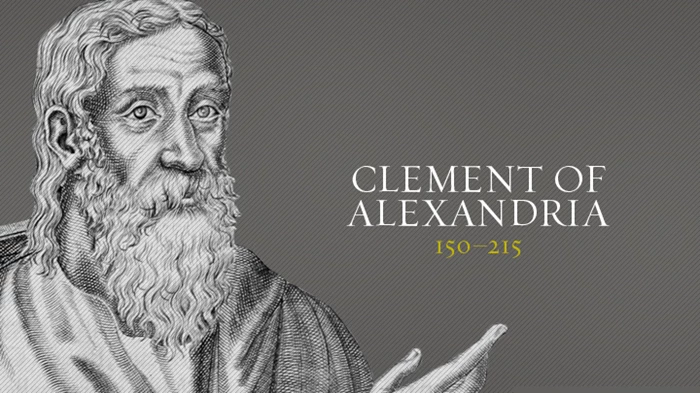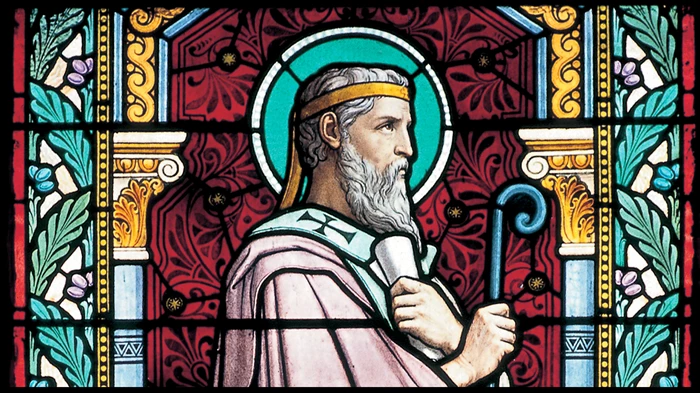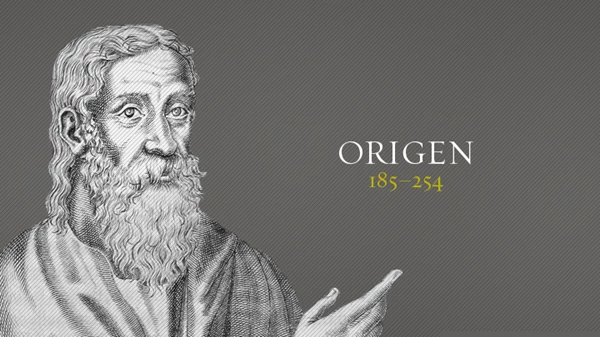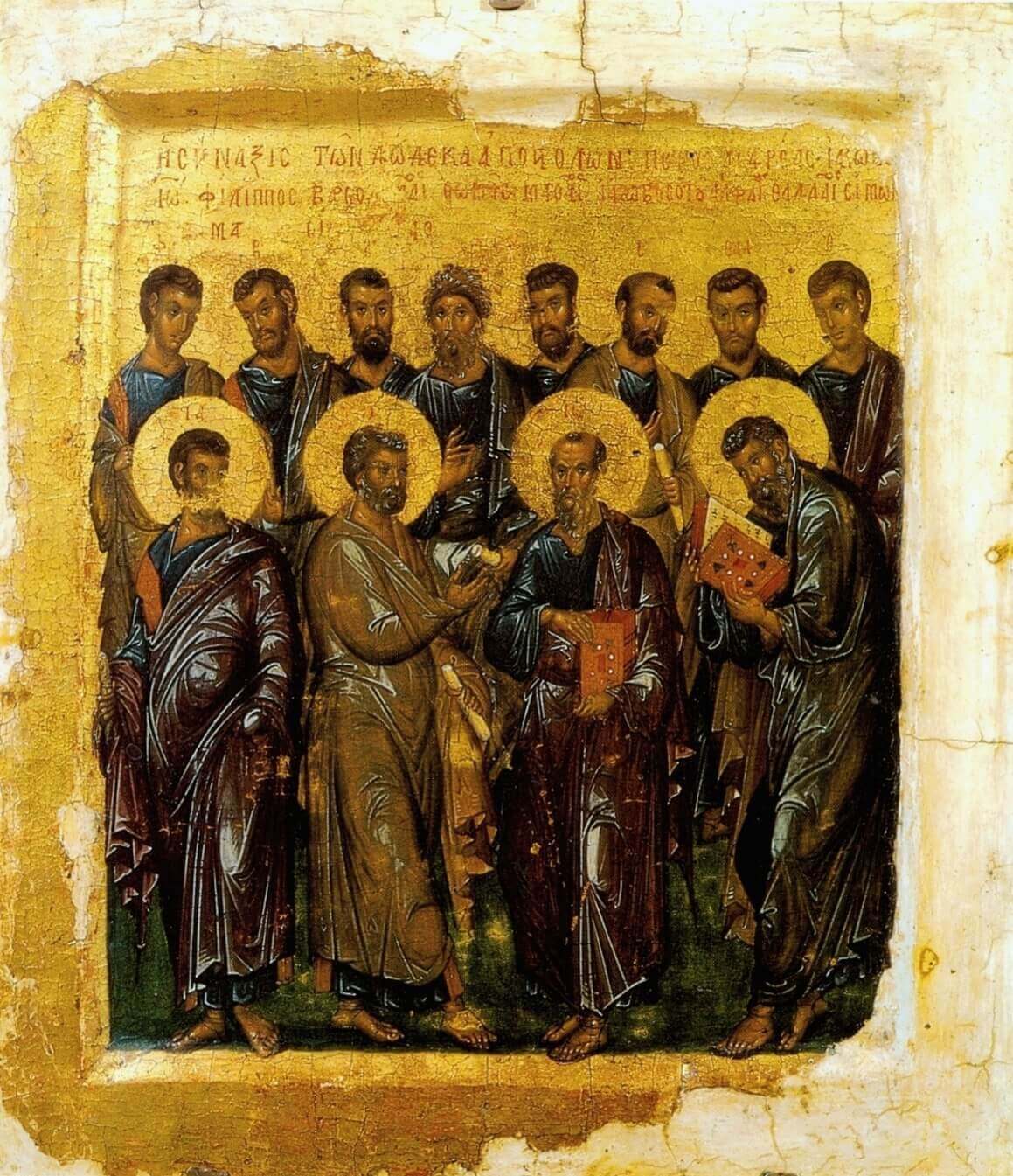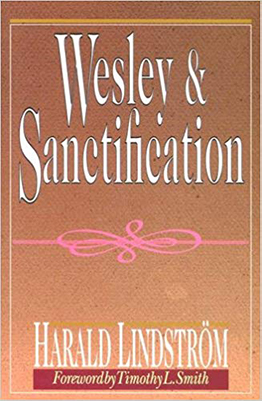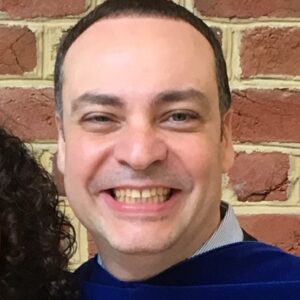In his book New Heresies (2007), the 117th Coptic Pope of Alexandria, Shenouda the third (1923-2012), assailed the concept of deification (or theosis) considering it a new heresy which invaded the monastic community in Egypt during the second half of the 20th century. The former Pope wrote that deification was the first sin of the fallen angel.[1] He claimed that no one among the early fathers wrote or taught about this concept.[2] Pope Shenouda encouraged the monks who teach about deification to repent and to leave this unauthentic teaching.[3] Although Pope Shenouda was a respectful teacher and a strong apologist, there is no doubt that his thoughts on deification, compared to the patristic literature, were not accurate at all. Any proper study of the patristic thought refutes Pope Shenouda’s argument and proves the authenticity of the idea of deification in the patristic thought.
Among many early writers, for instance, Athanasius, the 20th Pope of Alexandria (c. 297-373), wrote about the idea of deification much more frequently than anyone of his predecessors.[4] His statement, “for He was made man that we might be made God; and He manifested Himself by a body that we might receive the idea of the unseen Father,”[5] is considered the chief patristic reference to deification. According to Norman Russell, Athanasius understands deification on two different levels, ontological and ethical.[6] Those who experience deification are “those who on the ontological level have been united to the Logos by the grace of adoption, while on the moral level they have become like God through imitation and progress in virtue.”[7] It could be noted that Athanasius focused on the ontological level of deification (the participation in the deified humanity of the Logos) in his anti-Arian writings, as well as On the Incarnation of the Word, while in the Life of Anthony, he indicated the ethical level (diligence and imitation of Christ).
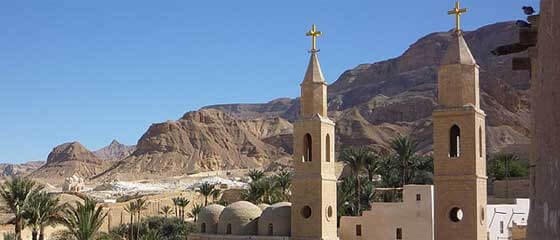
In the Life of Anthony, Athanasius shows how his contemporary, Anthony the Great (c. 251-356), attained this experience of deification through diligence and progress in virtue during his monastic life. Spiritual warfare appears as an essential component within Anthony’s monastic journey. Dale Coulter highlighted that Anthony’s body was the locus of the demonic attacks and temptations (lusts and assaults), as shown in the Life of Anthony.[8] In this context, it could be noted that the evil spirits were trying to hinder Anthony, by using (or attacking) his body, from attaining his endeavor towards deification, which is seen in Athanasius’ thought as participation in the deified humanbody of the Logos. Many scholars assert that Spiritual warfare could never be correctly understood in the monastic tradition except in the context of deification and restoration of the first image. Spiritual warfare is basically to hinder the believer from attaining the goal of the Christian life, which is deification, according to the Eastern tradition. According to Athanasius, Anthony the Great defeated the evil spirits, became “passionless,” and reached a state of “dispassionate tranquility” (apatheia), which is “the flower of the ascetic life.”[9] The Synergy between grace and diligence is noticeable in Athanasius’ writings.

Back to the Egyptian context, the contemporary Pope of Alexandria, Tawadros the Second, has permitted the re-publishing of these writings on deification that were forbidden by Pope Shenouda, a step that could indicate a restoration of this authentic belief that was attacked for decades by the clergy in the Coptic Church.
References
- [1] Pope Shenouda, New Heresies (Cairo: Anba Rues Press, 2007), 144.
- [2] Ibid, 145 – 146.
- [3] Ibid, 174, 215, and 224.
- [4] Norman Russell, The Doctrine of Deification in the Greek Patristic Tradition (Oxford, New York: Oxford University Press, 2006), 167.
- [5] St. Athanasius, On the Incarnation of the Word, paragraph 54, in The Nicene and Post-Nicene Fathers of Christian church, Vol. 4, second series, edited by Philip Schaff and Henry Wace (Grand Rapids, Mich.: Wm. B. Eerdmans Publishing Company, 1978), 65.
- [6] Dale M. Coulter, “Monasticism and Salvation,” YouTube, Online video, https://www.youtube.com/watch?v=sg7FBOAMF-k&feature=youtu.be (accessed 17, 20 July 2015).
- [7] Russell, 180.
- [8] Monasticism: Athanasius, Life of Anthony, in “Monasticism, Donatism, and the Spread of Christianity,” Dale M. Coulter, ed. (Virginia Beach, VA.: Regent University, 2015), unpublished material.
- [9] William Harmless, Desert Christianity: An Introduction to the Literature of Early Monasticism (Oxford: Oxford University Press, 2004), 348.



